|
Shelburne
CO-OP |
|
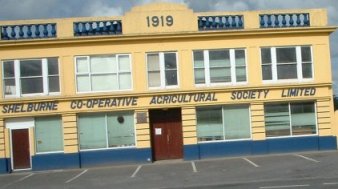
|
In our village the building that stands
out the most is the CO-OP.It's full name is Shelburne
Co-operative Agricultural Society. It also has a great
history and later with Glanbia continued to do well.
In 2010 the above building was demolished bringing to an
end a thriving business.The name Shelburne or the old name Síl mBrain is the
name of the Barony in which Campile is situated. The
Co-Op has been described as a 'mighty oak' by a local
poet and since it was started in 1919 that tiny oak has
continued to grow.The Co-Operative movement had been
founded earlier in the 1890's by Sir Horace Plunkett.
Michael Cloney from Dungulph and Simon Murphy from
Ramsgrange came together and decided to help the local
farmers to sell their produce. Before this a farmer
might have travelled a long journey with his corn only
to be told 'We are not taking any corn to day. Come back
some other day'. The aim of the Co-Op was to buy
everything the farmer has to sell and to sell and
selling everything he has to buy and sharing in the
profits.
|
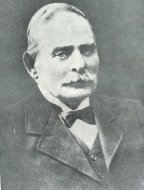
Michael Cloney
Chairman 1919-1934
|
|

Simon Murphy
General Manager/Secretary 1919-1955 |
|
| These two men were involved from the
start as was Martin Howlett from Dunbrody who was the
Co-Op's first manager. He won four All Ireland Football
medals with Wexford from 1915-1918. |
|
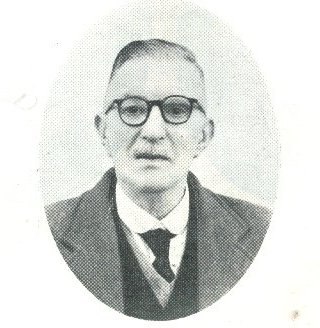
Samuel G. Warren. Chairman 1952-55
|
| In the beginning the Co-Op idea was
supported by most but others said it would be a failure.
It started its life in a wooden shed 40 feet by 20
feet on an acre of ground bought by the founders. The
first shareholder was Michael Doyle from Fethard-on-Sea
who bought 10 shares on may 26 1919. This was also the
time when the Irish War of Independence 1919-1921
started.The turnover for the first year was £3,013. |
|
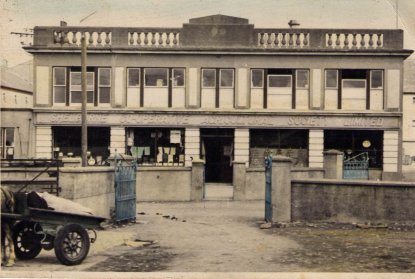
View of the Co-Op from by gone days
|
In the early days it
would have had a saddler's shop, cobbler's,
grocery,butchery,creamery and bakery. It also had
a pharmacy and hardware as well as its own restaurant.
A 'Bonus Scheme' was set up so
that members and customers would gain from the profits.
It would be paid in cash or goods. The wool bonus and
turkey bonus were very popular.The Co-Op also had its
own boat or barge which was built by the members themselves and
that's how Paddy Carroll of Ballyhack got involved in
boat building.The boat travelled to and from Waterford
with coal,cement,and other goods. It was able to come
right into the centre of Campile village on the Pill
river. The railway of course was nearby. In 1959 the
Co-Op built a modern grain drying plant with an output
of 5,000 barrels a day.Once, over 140 workers headed
home on their bikes after a day's work there. |
|
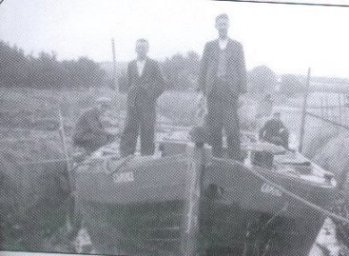
Barge on the River Pill.The Co-Op barge was engine
powered and drew grain from Campile to Halls in
Waterford and is seen here at Dunphy's coalyard.Included
in picture are Mikey Shalloe and Larry Dillon.
|
|
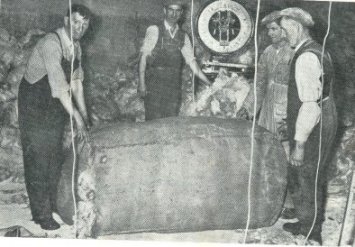
Bailing wool for export at the Co-Op in the 50's.From
Left. Walter Kinsella, Peter Kehoe,Tim Sullivan
and Sim Murphy from Curraduff
|
| Disaster struck on 26th
August 1940
during World War 2 when a German plane dropped
over five bombs. Three girls were killed in the C0-Op
restaurant and the creamery and other buildings were
destroyed. The Co-Op had to be re built and and in 2011
was eventually demolished bringing to an end a thriving
enterprise in Campile. |
 |
|
Mill workers in the Co-op. From
left is Pat Howlin, Dick Sutton, Tom Burke, Paddy
Tubritt, Peter Kehoe, Tim O'Sullivan, Foulksmills and Johnny Connors,
Kildare. |
|
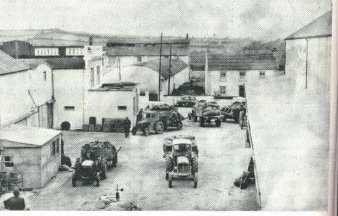
Delivering grain to the Co-Op
|
|
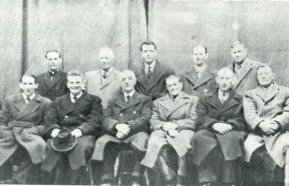
'Question Time ' was sponsored by the Co-Op.The The 1959
finalists were Campile and Adamstown(winners)
Campile team. Back Row.Brian Barnwell, John
Murphy,Michael Hart,Harold Warren and Michael Sutton.
Front Row third left is Mr.Simon Murphy
|
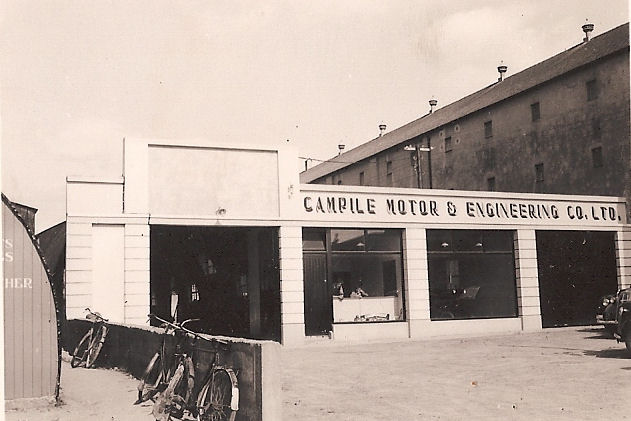 |
|
Newly built
Co-op garage in Campile. |
|
Please
return to Local History |

